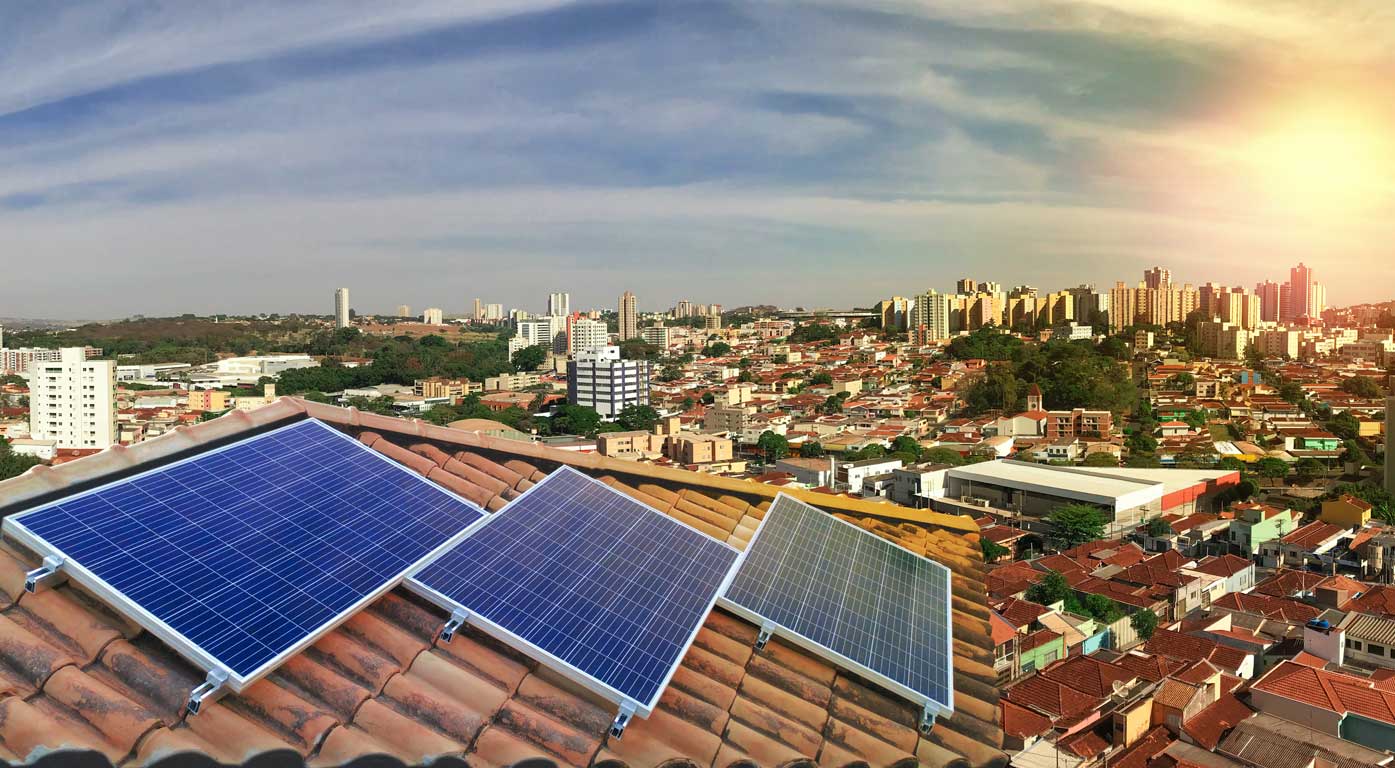Summary
This project supported Australian participation in the International Energy Agency (IEA) Mission Innovation Challenge for Affordable Heating and Cooling of Buildings.
Key results
This project established and strengthened international relationships and research collaborations that increased Australia’s capacity to innovate in the heating and cooling space.
International collaboration resulted in the establishment of a new IEA Annex 81 “Data- Driven Smart Buildings”, led by Australia and with five Australian industry and research participants. The Annex includes significant research on ‘energy flexible buildings’ which offers the potential for low capital cost flexible load to help enhance the Australian renewable energy sector’s ability to manage the intermittency of onsite solar in buildings and increase the value of solar energy. This has the potential to provide ~1.2 GW of low-cost flexible demand.
The project also helped to establish the “Affordable Heating and Cooling Innovation Hub” – an Innovation Hub (i-Hub) designed to facilitate the HVAC and refrigeration industry’s transition to a low emissions future, stimulate jobs growth, and showcase HVAC&R innovation in buildings through knowledge dissemination, skills-development and capacity-building.
Need
This Innovation Challenge had four main areas of focus:
- Develop energy savings and energy efficient technologies and materials to reduce demand for heating and cooling
- Develop low-carbon integrated equipment and systems to provide heating and cooling
- Develop storage solutions to match energy supply to heating and cooling demands
- Develop efficient transfer of heat from point of production / storage to point of use.
In each case the need was to develop lower cost, practical alternatives to today’s fossil fuel based solutions.
Action
With support from ARENA, the Mission Innovation Challenge increased access to international knowledge and research on heating and cooling, innovations and market/policy best practices. This knowledge was then disseminated to the broader, relevant Australian sector. This information and application of this knowledge will be applied to new activities such as new R&D projects, demonstrations, deployments, international standards/guidelines etc.
This work also supported the development of international standards and research pathways to understand how to harness energy efficient heating, ventilating & air conditioning (HVAC) as a distributed energy resource for managing buildings and mini- grids with high penetration of solar PV.





